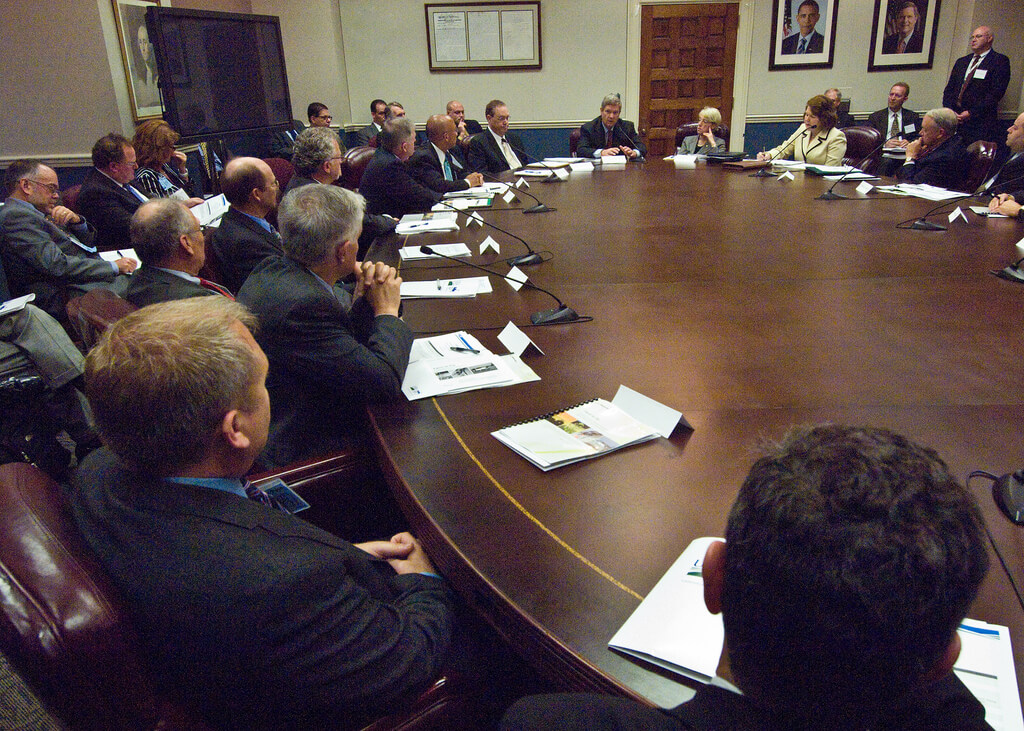U.S. refiners have been changing the way they make the fuels we use every day as a result of federal regulations. Emerson’s Patrick Truesdale and Chris Connor will present at the 2011 Emerson Exchange on the Renewable Fuel Standards 2 (RFS2). These regulations became the law of the land with the Energy Independence and Security Act (EISA) of 2007.

Beyond the phase-out of incandescent light bulbs and other aspects beginning in 2012, this law impacts refiners by requiring that by 2022, 36% of the produced fuel must come from renewable sources. Advanced biofuels comprised of cellulosic ethanol and diesel fuel, biodiesel from soy, waste oils, and algae, and other non-cornstarch ethanol sources will comprise 21% of the 36%, with ethanol and butanol from cornstarch being the 15% balance.
There are many challenges refiners face in complying with these regulations. These begin with the standards and regional & seasonal blend variations defined in the specifications. Also, the “blend wall” is the limit of gasoline with 10% ethanol (E10) which can be produced based on existing regulations. This limits the amount that ethanol can contribute to the overall EISA renewable fuels requirement. Also, several states have conflicting standards with the U.S. Environmental Protection Agency.
Beyond the regulatory challenges, there are technical challenges with some of the renewable fuels including biodiesel. These include its flow properties at low temperatures, incompatibilities with diesel from fossil fuel sources, fuel stability, NOx emissions, and existing standards for volume correction.
Patrick and Chris will share some ways refiners can address these challenges from a process control point of view. These include improving blending w/mass meters, better tank monitoring, paying attention to wetted parts, improving blending strategy and control and custody measurements, enhancing loss control for improving tracking/reporting of custody, renewable identification number (RIN), greenhouse gas equivalent values, and improving compliance with industry standards.
They also note that the instrumentation, controls, and supervisory applications to support these challenges provide operational benefits. A few of these include improving asset utilization, reducing quality giveaways, minimizing off-spec blends, balancing component stocks, optimizing blends, managing inventories, reducing hydrocarbon losses, and complying with environmental and tax regulations.
I hope you’ll be joining us in Nashville October 24-28 for the Emerson Exchange. If you’re in the refining or alternative energy industry, Patrick and Chris’s presentation is one you’ll want to catch.




